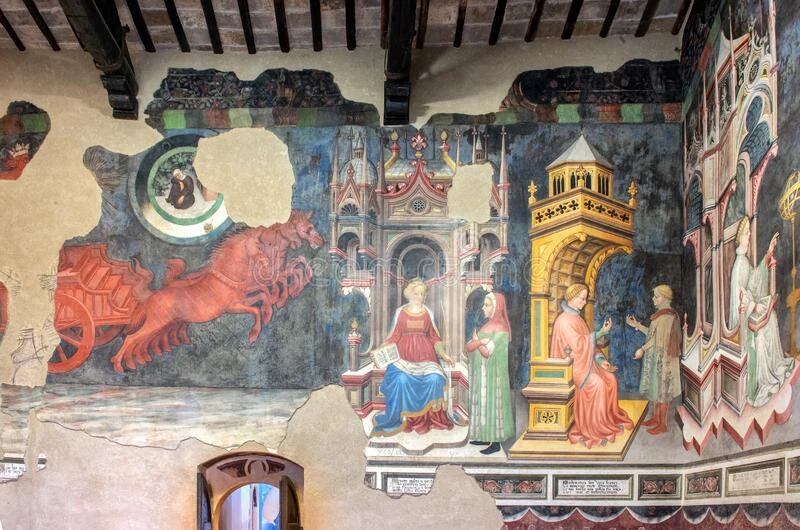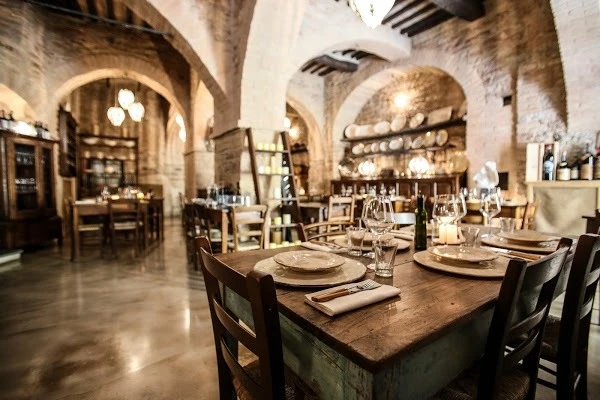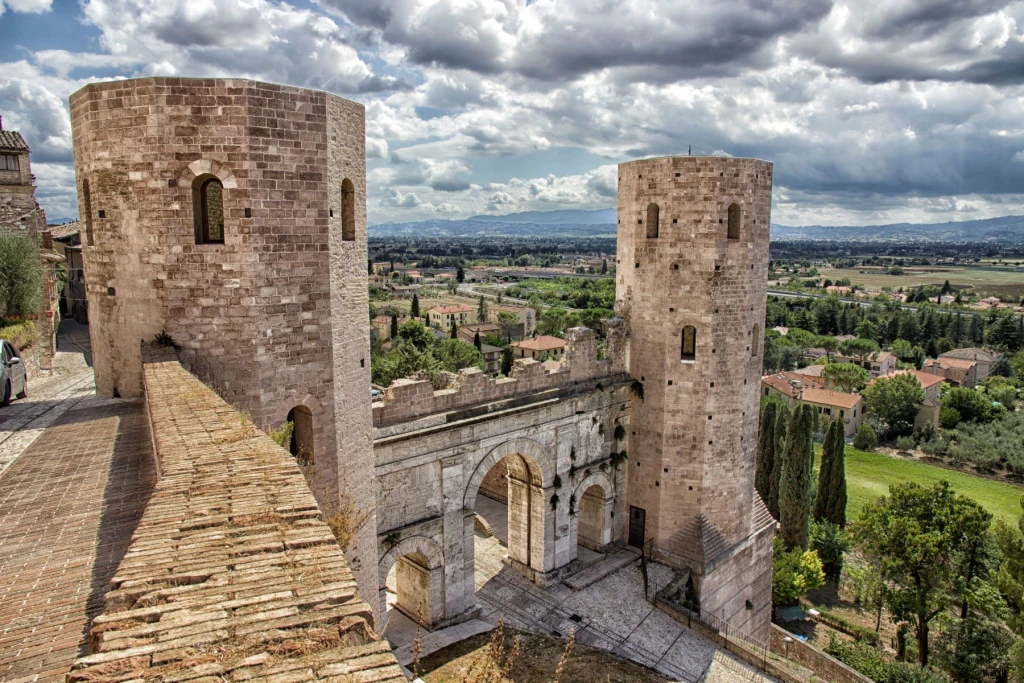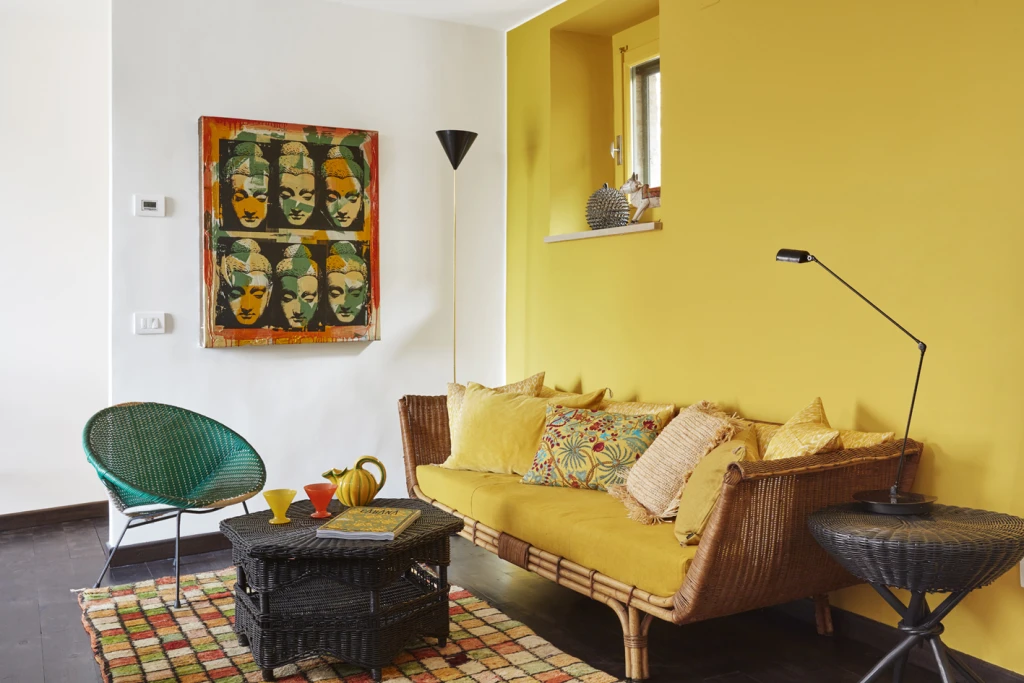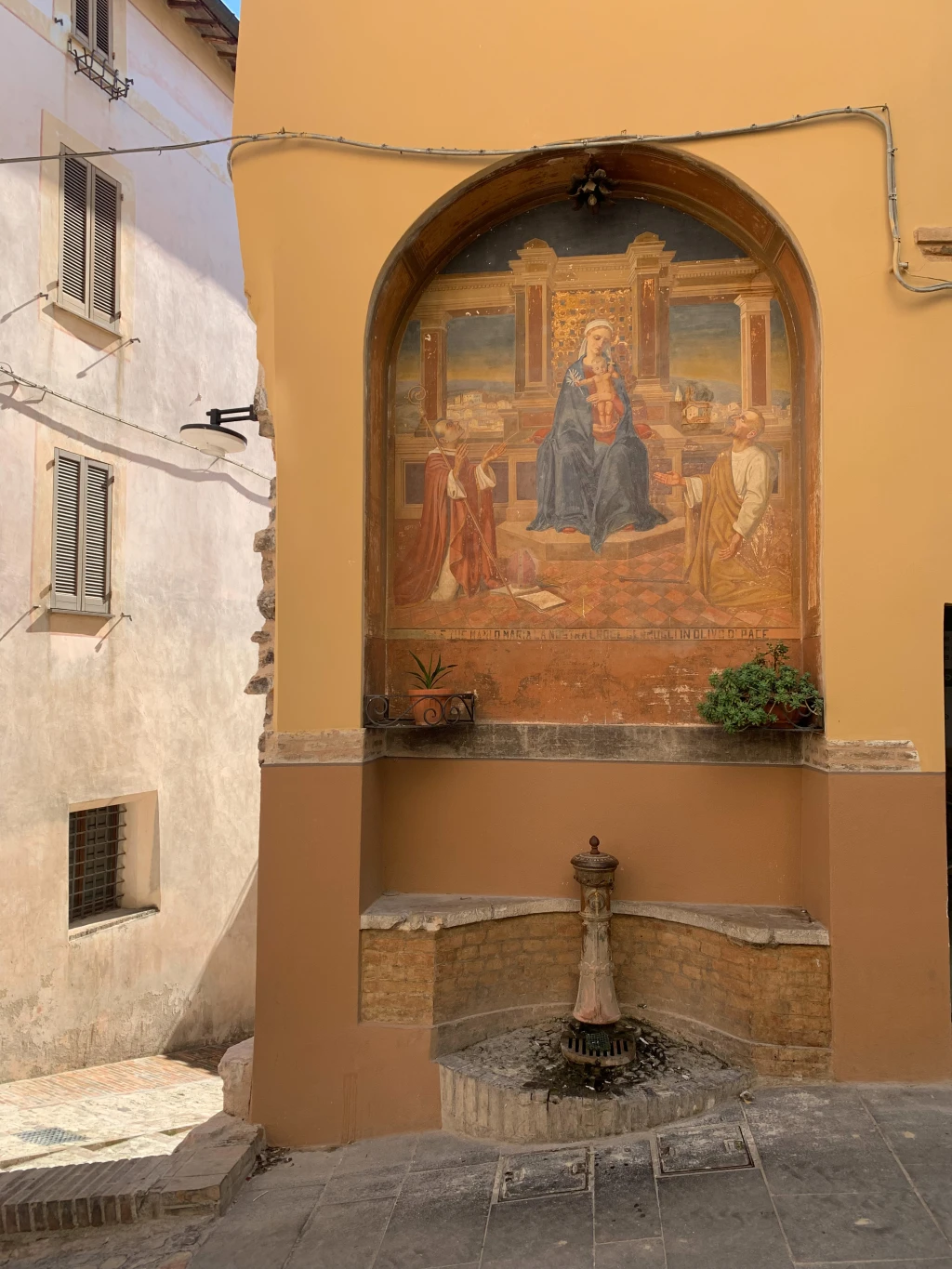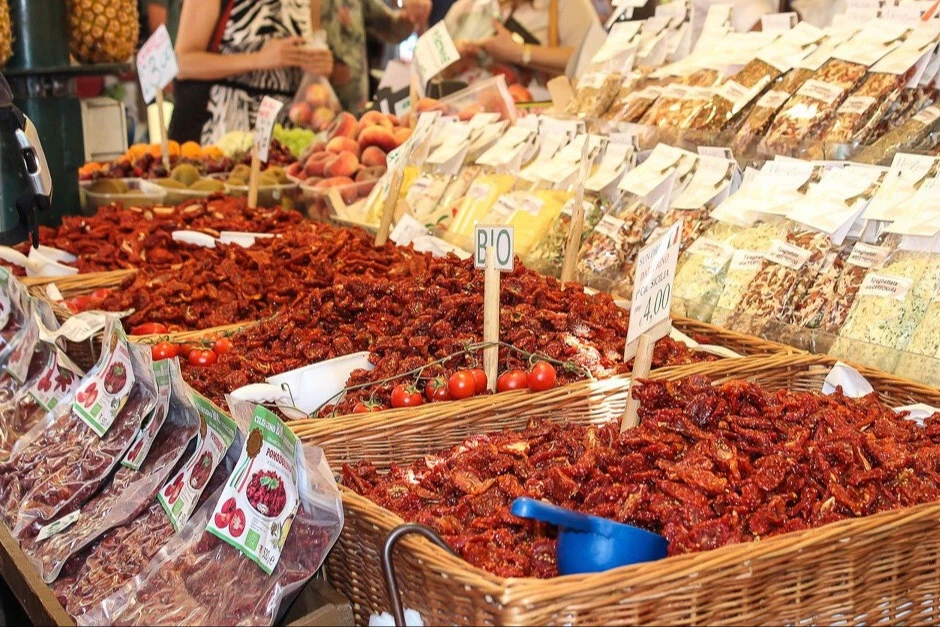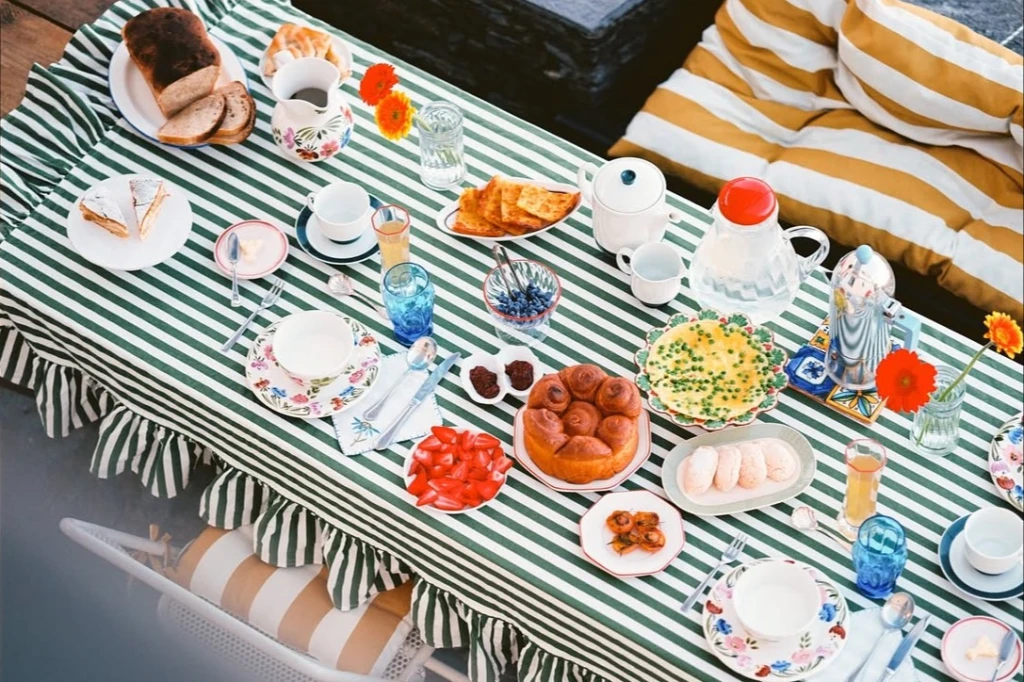Special Umbria
World traveler, Umbria expert, and Spello local, Andrea Flalkner lets you into the secrets of Umbria. Andrea travels the whole world but always returns to her beloved Umbria. She shares here a few places that shouldn't be missed when visiting this beautiful part of Italy. Additionally, she lets you into the secrets of Umbria in the Umbria Travel Guide, the secrets only a local can give you!
Spello
Spello is nestled on the farthest slope of Mount Subasio, a steadfast custodian of centuries of history. It has Umbrian origins, a strong Roman imprint, and medieval traces. Known as the “very splendid Julia Colony” during Roman domination, today it is a picturesque medieval town with numerous monuments and sites: the Roman Amphitheatre, the Consular Gate, the Urbica Gate, the Arce Gate, the Venus Gate flanked by the two dodecagonal towers from the Middle Ages called the “Towers of Propertius”, and the Roman Mosaics recently found in the village of Sant’Anna. Remains of the Roman walls can still be seen today and provide the foundation for the medieval walls. The ancient urban layout stands miraculously intact, with winding little streets and flower-laden balconies. In the midst of this scenery, superb gems stand out such as the Tega Chapel, the extraordinary cycle of paintings in the Baglioni Chapel created by Pinturicchio, the 16th century Palazzo Canonici that houses the Art Gallery, and the churches of Sant’Andrea and San Lorenzo. Outside the city walls, visitors can admire the Romanesque church of San Claudio and Villa Fidelia.
Foligno
The city’s greatest identifying symbol is Palazzo Trinci, named after the family that ruled the city from 1305 to 1439, and currently home to the Civic Museum, Art Gallery, and Joust Museum. The building houses a cycle of 15th-century frescos that were recently confirmed as the work of Gentile da Fabriano, a major representative of international Gothic painting. The building looks out onto Piazza della Repubblica, bordered by the wing that opens up onto the Cathedral of San Feliciano, the Municipal Hall, and the Palazzetto del Podestà. Be sure to visit the Nunziatella Oratory with its fresco by Perugino, the ancient church of Santa Maria Infraportas, and the San Domenico complex, known today as the Auditorium, which preserves some of Foligno’s most important frescos from the 14th and 15th century.
Bevagna
The medieval city of “Mevania” was built atop a Roman city in the 12th century when the village of Bevagna rose up around Piazza Maggiore. This square, one of the most beautiful in Italy, is the stage of the reenactment of the medieval Gaite Market. Marvelous buildings embrace the square’s unique shape: the Palazzo dei Consoli’s majestic staircase leads to the 19th-century Torti Theatre and to the Church of San Silvestro, a gem of Umbrian-Romanesque architecture. On the opposite side of the square, the Church of San Michele Arcangelo stands proud with its Romanesque facade and precious portal. But the square isn’t the only place that exudes grandeur. As you walk along the narrow streets, you will make unexpected encounters, such as the ruins of a Roman temple transformed into the church of the Madonna della Neve, the Mosaic Temple, also from the Roman age, the Church of San Francesco, and the noble Palazzo Lepri, which houses the city museum.
Montefalco
A pilgrimage for wine lovers. The Municipal Historic Archive of Montefalco preserves numerous documents that testify to the care with which, long ago, local wine growers dedicated themselves to “fields planted with vines”, and Montefalco was one of the only Italian towns to practice vine-growing inside the town center. The cultivation of grapes in the territory dates back to Roman times, and Pliny the Elder tells of a vine of special prestige drawn from the Itriola grape. But it is the Sagrantino grape, brought from Asia Minor by Franciscan friars, that blessed the City of Montefalco with oenological fortune. Although it almost disappeared from Umbrian vineyards in the 1970s, the Sagrantino was recovered thanks to the dedication of a few agricultural entrepreneurs and wine growers, who succeeded in obtaining Montefalco DOC recognition for the wine in 1979, followed by DOCG in 1992.
Assisi
Assisi is the hometown of St. Francis, the center of Franciscan spirituality, and an artistic center of international renown. Its fame is immediately visible in the two stunning churches dedicated to St. Francis. The Lower Basilica is embellished with frescos by the most renowned masters of 13th and 14th-century painting: Giotto, Cimabue, Pietro Lorenzetti, and Simone Martini. The Upper Basilica preserves some of the most important cycles of frescos in Italian art history, including Giotto’s Stories from the Life of Saint Francis, one of the first three-dimensional representations of space. On the opposite side of the city, as in an attempt to embrace the town within the arms of its spiritual symbols, is the Church of Santa Chiara, which houses the crucifix that, according to popular belief, spoke to St. Francis. Other prestigious sites include The Cathedral of San Ruffino, Palazzo del Capitano, and the Temple of Minerva – a perfectly preserved building from classic antiquity converted into a church.
Perugia
Perugia is a large, well-preserved hill city, rich in museums and churches. The large student population ensures a thriving arts scene and plenty of nightlife. However, for all its cultural modernism, little has changed architecturally for over 400 years. The Etruscans founded the city, which then fell to the Romans in 310 B.C., and was given the name Perusia. During the Middle Ages, the city was ransacked by feuding noble families, and in 1538 it was incorporated into the Papal States where it remained for almost three centuries. In the 15th century, it was home to fresco painter Pinturicchio and his teacher Perugino. Its cultural tradition continues to this day with the University of Perugia and several other institutes of learning, including the famous Università per Stranieri (Foreigners’ University), which teaches Italian language, art, and culture to students from around the world.
Related Travel Guide
Related Properties:
1. Plinius No. 016: 6 Guests | 3 BR | 3 BR | Swimming pool | Garden | Fresco in bedroom!
2. Plinius No. 014: 6 Guests | 3 BR | 3 BR | Swimming pool | Garden
3. Plinius No. 015 : 3 Guest | 1 Baby | 2 BR | 1 BA | Garden
4. Plinius No. 013: 2 Guests | 1 BR | 1 BA | Outdoor terrace
5. Plinius No. 012: 2 Guest | 2 Kids | 1 BR | 1 BA | Outdoor terrace

